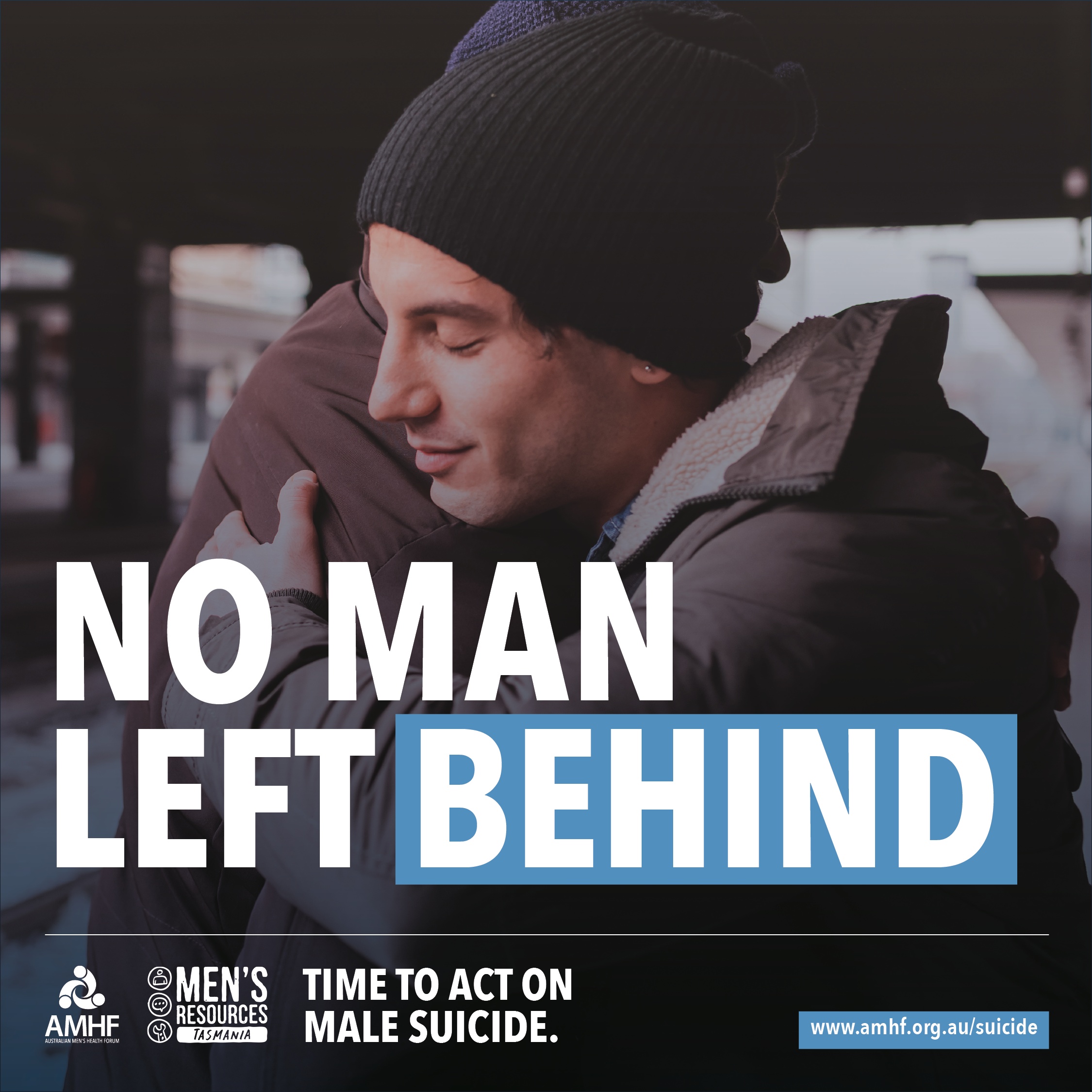
In 2021, the Prime Minister’s National Suicide Prevention Adviser, Christine Morgan, published her final recommendations in support of the Government’s ‘towards zero’ suicides goal. Her report highlighted the disproportionate impact that suicide has on men as an issue that “must be called out as a priority for whole-of-government” action.
Our Time to Act on Male Suicide series is helping to build the case for action on male suicide at Federal, State and Territory level.

Tasmania has the highest rate of male suicide in Australia and is currently developing a new Suicide Prevention Strategy.
On the eve of World Suicide Prevention Day (Saturday 10 September), the Australian Men’s Health Forum and Men’s Resources Tasmania released a new report called “Time to act on male suicide in Tasmania”.
In this webinar, the case for the inclusion of a Male Suicide Action Plan was presented.
Speakers included:
In this webinar we:
The number of Victorian men who die by suicide each year has risen by more than 40% in the past decade, from fewer than 400 deaths in 2012 to more than 550 male suicides in 2021.
Provisional data from the Coroners Court of Victoria suggests that male suicides rose 8% to 560 deaths in 2022.
With the Victoria Government currently developing a new Suicide Prevention and Response Strategy, the Australian Men's Health Forum (AMHF) has released a new report called “Time to act on male suicide in Victoria”.
In this webinar, AMHF CEO Glen Poole, will:
Date: Tuesday 27th June
Time: 9.30am - 10.15am
Join us as we formally launch our new report - Time to Act on Male Suicide in Australia.
The Australian Men's Health Forum is calling on the Government to develop a national plan to prevent male suicide.
The report finds that services and programs that are funded have a poor record of reaching men, who account for 3 out of 4 deaths by suicide in Australia.
The National Suicide Prevention Office is currently consulting on the Government's Suicide Prevention Strategy.
With men accounting for 75% of all suicides in Australia, find out why we are recommending that the Government develops a Male Suicide Prevention Action Plan.
This event will be followed by a discussion on the direction of the next National Suicide Prevention Strategy.
Date: Tuesday 27th June
Time: 10:30am - 12.00pm
It is two years since the Prime Minister’s National Suicide Prevention Adviser, Christine Morgan, called on all Governments in Australia to make preventing male suicide a priority.
One of the key shifts Ms Morgan called for was for suicide prevention efforts to specifically target groups that are disproportionately affected by suicide, including men.
Ms Morgan's Final Report specifically called for all jurisdictions “commit to identifying priority actions for male suicide prevention to be incorporated into the National Suicide Prevention Strategy”.
As work on this new National Suicide Prevention Strategy reaches its conclusion, are Ms Morgan's recommendations being taken on board, or will this the needs of men as a priority population be overlooked?
Join us for a timely discussion on the current direction of suicide prevention policy in Australia.